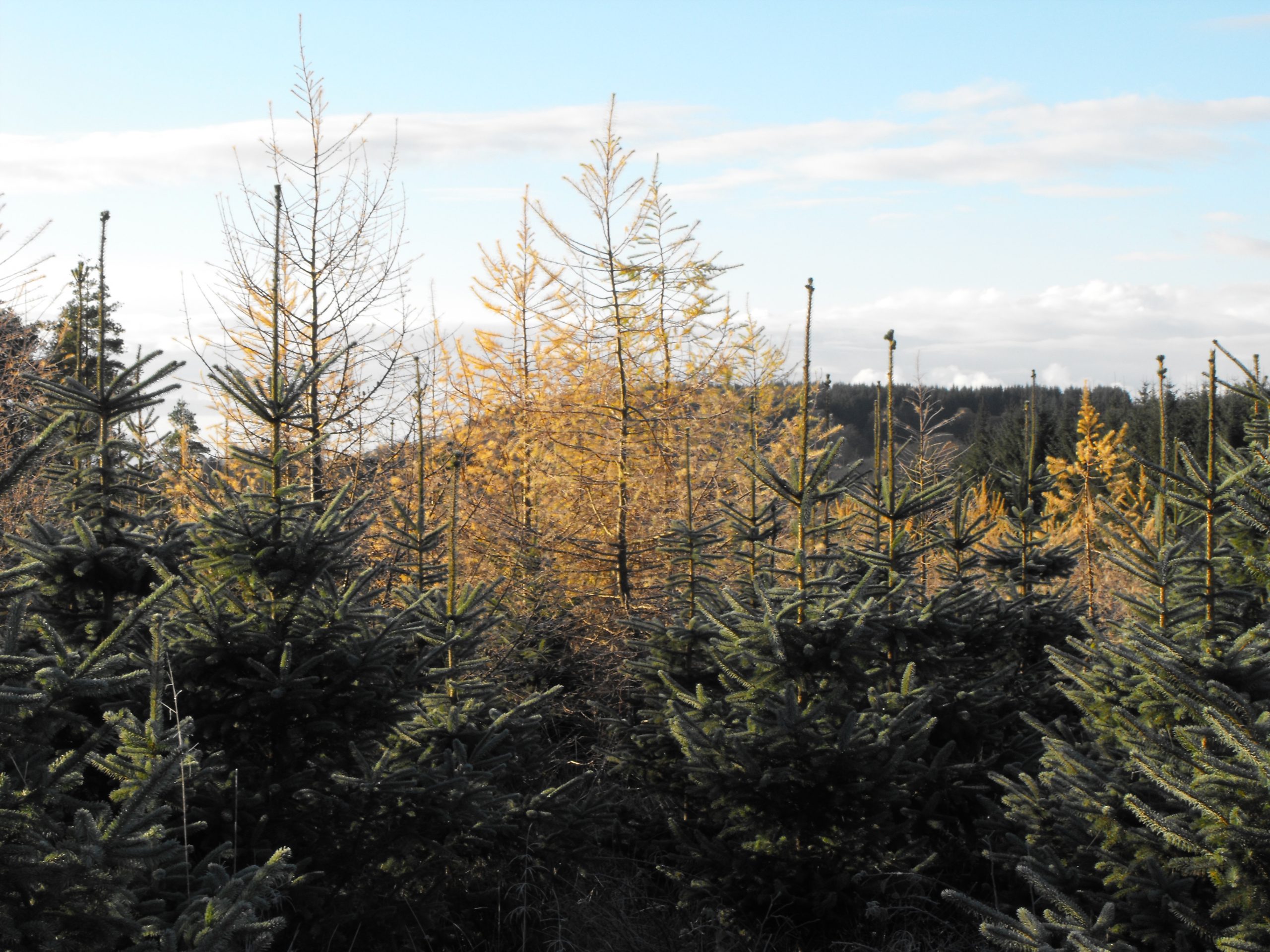Present policies are encouraging forest managers to develop greater resilience in forests throughout Britain. Use of mixed-species stands is one way to achieve this, but there is currently a dearth of guidance on this subject available to forest managers. This article, recently published in Quarterly Journal of Forestry, describes a method to design robust mixtures of species at the establishment phase. It requires an estimate of top height at age 20 for the species that will be grown in the mixture and knowledge of their shade tolerance. Based on this the species in the mixture are assigned a compatibility score, which can be used to guide the design of the mixture as a line or group mixture.
The article is available from the author, Gary Kerr
Philip Roe from Forestry England, based in Pickering, has designed a helpful spreadsheet that automates the method and this can be found in the Download section above. The method now requires wider ‘operational testing’ to indicate strengths and weaknesses. Forest managers are invited to try the method and feedback to the authors.

This picture shows a small group (18 trees) mixture of Sitka spruce and Scots pine. Using the method Sitka spruce is fast; intermediate, and Scots pine is moderate; light demanding, giving a compatibility score of 4. The Sitka has totally dominated the Scots pine indicating the mixture is not robust (but would be a useful nursing mixture).

